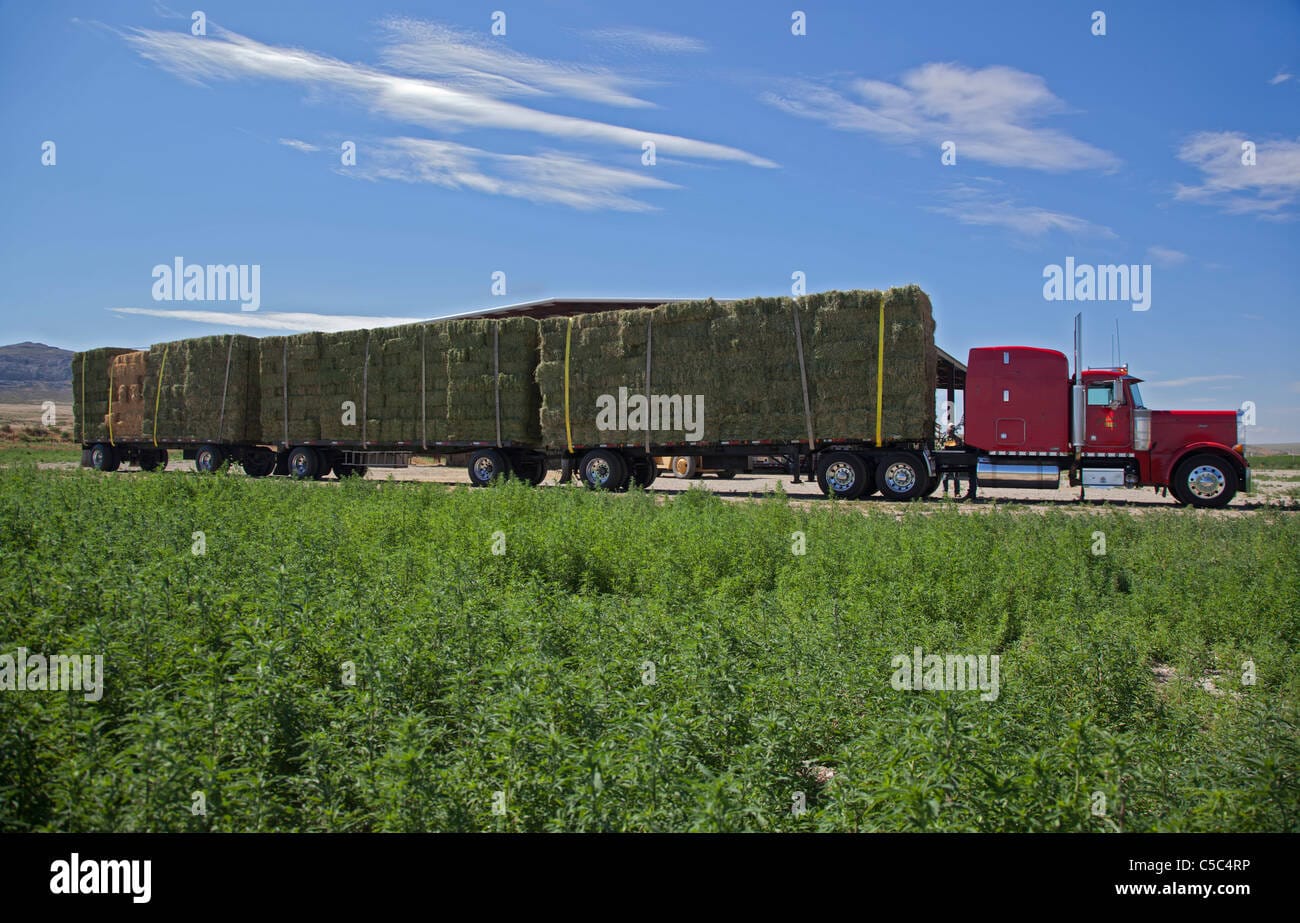A concerning new development in the spread of avian influenza has come to light as a previously wild-bird strain of the virus has been detected in dairy cattle herds in Nevada. For the first time in the United States, this particular strain, classified as D1.1, appears to have crossed over to larger mammals. The discovery has ignited debates within the scientific community about the virus’s adaptability and its potential implications for both agriculture and human health.
The infected herds were traced to dairy farms located in Churchill County, Nevada — known as a critical hub within the cattle farming industry. The United States Department of Agriculture (USDA), in collaboration with local health departments, confirmed the cases after extensive testing. The variant has been identified as a distinct evolution of the H5N1 bird flu strain, which has sporadically caused severe illness and fatalities in humans worldwide.
While avian influenza has historically affected poultry, waterfowl, and migratory birds, this expansion into cattle represents a new chapter in the virus’s evolutionary history. Dr. Maria Helmsley, an epidemiologist working closely with the Nevada Department of Agriculture, remarked, “This detection is unprecedented for the D1.1 strain, which up till now was mainly documented in wild avian populations. Its emergence in dairy cattle suggests potential interspecies transmission routes we hadn’t fully anticipated.”
The D1.1 Strain and Its Origins
Research indicates that the D1.1 strain resulted from genetic mutation driven by centuries of coexistence between wild birds and domesticated livestock. Since establishing itself in wild bird species, the strain took a dangerous turn when it adapted to local poultry and dairy herds over the last year. USDA scientists believe the first infections in Nevada might have occurred when infected waterfowl came in direct contact with grazing cattle.
Moreover, biosurveillance efforts have previously identified similar avian influenza strains in other parts of North America. However, the confirmed transmission into dairy cattle marks uncharted territory for virologists. The H5N1 subgenotype B3.13, a variant of the virus that preceded D1.1, resulted in limited outbreaks in poultry workers and minor economic downturns. However, D1.1’s greater transmissibility and adaptability have elevated it as a more complex hazard.
Economic Stakes and Risk to Public Health
Dairy farmers remain under a cloud of uncertainty as they face the immediate effects of quarantines and potential herd culling to prevent further spread. Industry experts note that Nevada’s dairy exports are likely to take a hit, with spillover consequences on regional jobs and the associated supply chain.
Moreover, health authorities worriedly monitor for the slightest hint of human-to-human transmissibility. Though there have been no confirmed cases in individuals as yet, potential risks arise through proximity and handling. In an eerily similar case last year, the death of a Louisiana resident due to another H5N1 strain rung alarm bells.
On the public health front, the Centers for Disease Control and Prevention (CDC) issued an urgent but non-alarming advisory to monitor symptoms among those in close contact with cows, poultry, or wild birds. Advisory guidelines included wearing personal protective equipment (PPE), isolating symptomatic animals, and implementing stringent hygiene measures. Nevada epidemiologists are particularly focused on dairy workers, given their enhanced risk from prolonged and close contact.
A Virus That Won’t Go Away?
Historically, bird flu outbreaks have been cyclical, wreaking havoc and regressing as containment efforts banish active transmission. But many experts speculate whether cases like this foretell a longer-lasting endemic presence. They highlight potential parallels to other zoonotic diseases that begin in animals but deeply affect humans. Should future genetic mutations allow for contagious human transmission, the result could be catastrophic.
However, not all analysis points toward calamity. Virologists argue the strain does appear to retain certain limitations on cross-species adaptability. Epidemiologists emphasize that prior pandemics in poultry did not always result in significant impact beyond local commercial clusters.
Yet this moment represents an opportunity to renew focus on One Health approaches — a strategy that integrates human, animal, and ecosystem health responses — to mitigate increasingly complex zoonotic diseases.
Next Steps
Currently, efforts are concentrated on curtailing further geographic spread. USDA has augmented its testing equipment at state borders, and local farming communities have employed emergency measures such as the cessation of inter-state grazing. Simultaneously, public-private task forces lean on lessons learned during previous outbreaks to refine predictive modeling for future scenarios.
Dr. Derek Langley of the Oregon Center for Pandemic Preparedness underscores that “we can successfully stay several steps ahead. But policymakers must view this as an early harbinger rather than a one-off incident.”
As the fight against bird flu strains like D1.1 continues, much will hinge on community resilience, cooperation across states, and international research partnerships to outpace viral mutations before more animal — or human — costs materialize.



